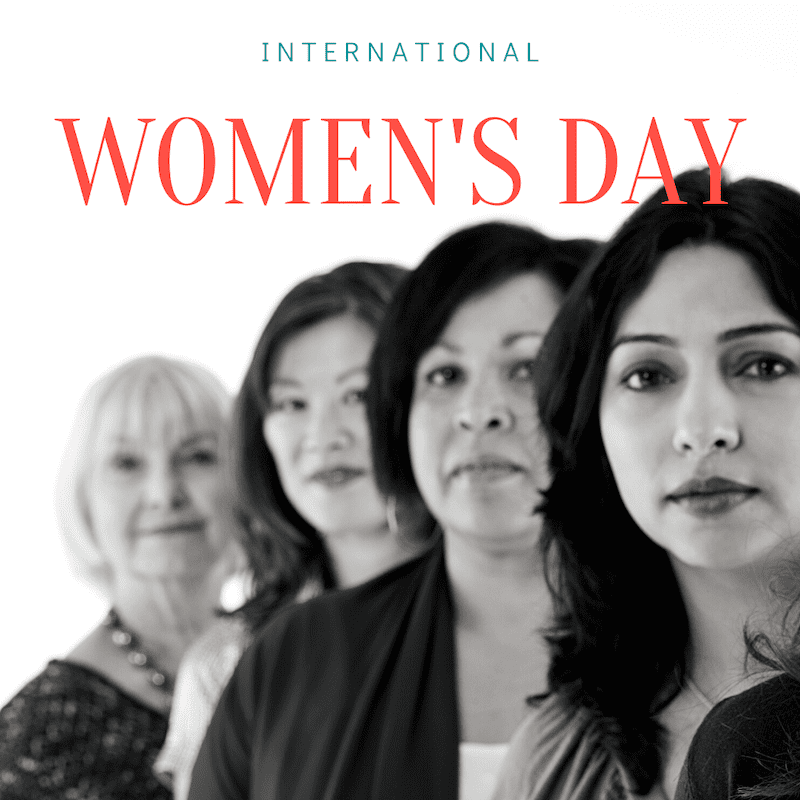Recently the CEO of a national company shared with a colleague that his wife makes the contribution to a local nonprofit, but he keeps getting the thank-you letter. He said, “They keep on doing this and they keep on making her mad. There’s no doubt this will make us stop giving.”
In the same week, a client shared the story of an alumna who communicated her excitement and trepidation of writing a six-figure check to her college. It was also her first gift ever to her alma mater. “I never imagined I could do this, but I’m joining with other women to create a big impact.”
What is the difference between the first nonprofit, which will likely lose a major donor, and the second, which grew their leadership giving from women by 250% in one year?
Intentional focus on women and how they approach philanthropy differently.
On this year’s International Day of Women, we will read the innumerable ways that women still are not seen or valued within the many power structures in society. Philanthropy has its own power structure. In the first story, the wife was giving outside the accepted structure and the thank-you letter was adhering to the traditional structure – the man with the higher title and earnings “certainly” was the decision-maker, right? In the second story, the organization had done internal reflection and widened its structure to be more inclusive and encourage collective giving. In doing so, they welcomed in a new donor with significant capacity and interest they had not known before.
Not reviewing your structure and reflecting on who is and who is not “seen” in power is costing your organization millions of dollars this year alone.
It is time to stop pissing women off and welcome their philanthropy in.
How do you do this?
As I wrote last month, there are six key principles to successful women’s philanthropy. While I’ve written about the first principle before, I want to go deeper today. I want you to really understand why a pause to learn makes all the difference between frustrating women and having significant growth in their support.
Why the Pause is Critical
The college that grew its top-level leadership giving from women 250% last year (during the pandemic!) is Williams College. They took time for both staff and women volunteers to understand the research from the Women’s Philanthropy Institute and discuss what they read in the book, Gender Matters: A Guide to Growing Women’s Philanthropy From there they built their new framework.
As Williams learned, a pause helps you slow down to speed up. Without pausing to really take in the information and learn, you risk making big mistakes, either in not implementing at all, or implementing in ways that frustrate potential women major donors and ending up in a worse situation (such as them giving elsewhere).
The reality is that change is hard at any time, and particularly in a fundraising environment when we are constantly in motion and trying to keep up with big goals as well as relationships. Each of us strives to be effective at what we do.
When we want to introduce something new, such as meeting women in new ways, a couple of things can happen. We get a burst of energy and motivation to try new actions. But with the slightest pressure, from within or outside ourselves, we often revert to what we previously practiced over and over. It is human nature to go back to what we are comfortable with, even if it is no longer right.
Or, we get energy, move forward, are successful, and then don’t know what to do with all of the energy and change we’ve unleashed. If we don’t build a framework to sustain the goal, our momentum can die off or revert to the previous status quo because there was not enough infrastructure.
A pause that allows for inquiry and discussion can help build new mindsets, skills and frameworks that we can employ consistently and maintain over time.
A pause also provides time to grapple with a critical question to build a better framework: What changes are needed in our fundraising system to truly welcome women and all historically underrepresented groups of donors?
For example, as you build a pipeline, is it enough to grow the number of diverse donors in our prospect pools, or must we do more? Knowing, for instance, that women of all backgrounds often prefer to be interactive, to collaborate and connect, to be relational, to give of their time, talent, testimony and ties EVEN AS they give their treasure, then is our current system designed to welcome and integrate that broader approach? If not, how might we design a system that reflects the values and perspectives of today’s women who want to give to you?
I leave you this month pausing to learn and ponder questions of how our philanthropic power structure and systems might be holding you back from the full support that women can bring to your mission.






